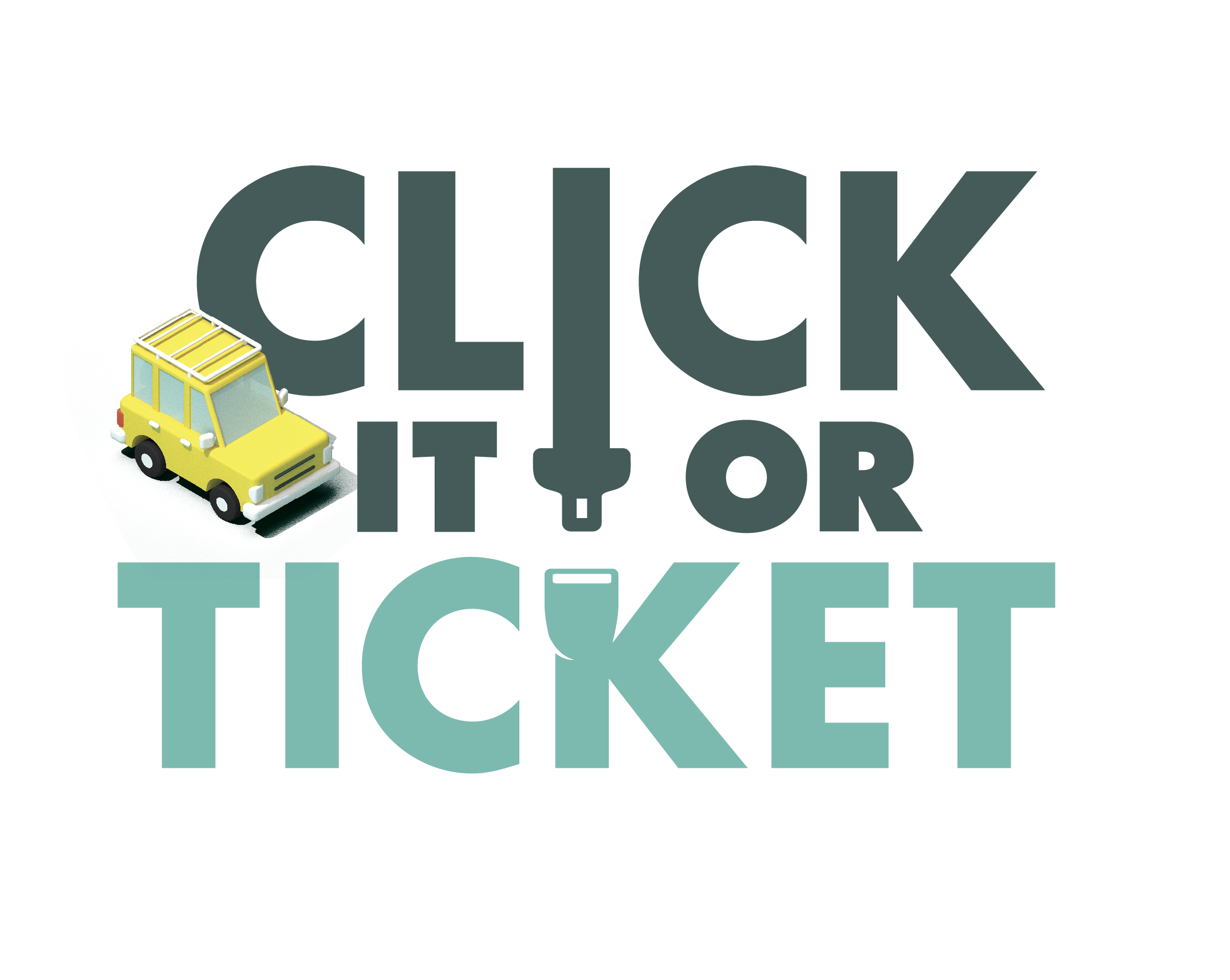2020 Grant
Program Highlights
Bicycle and Pedestrian Safety
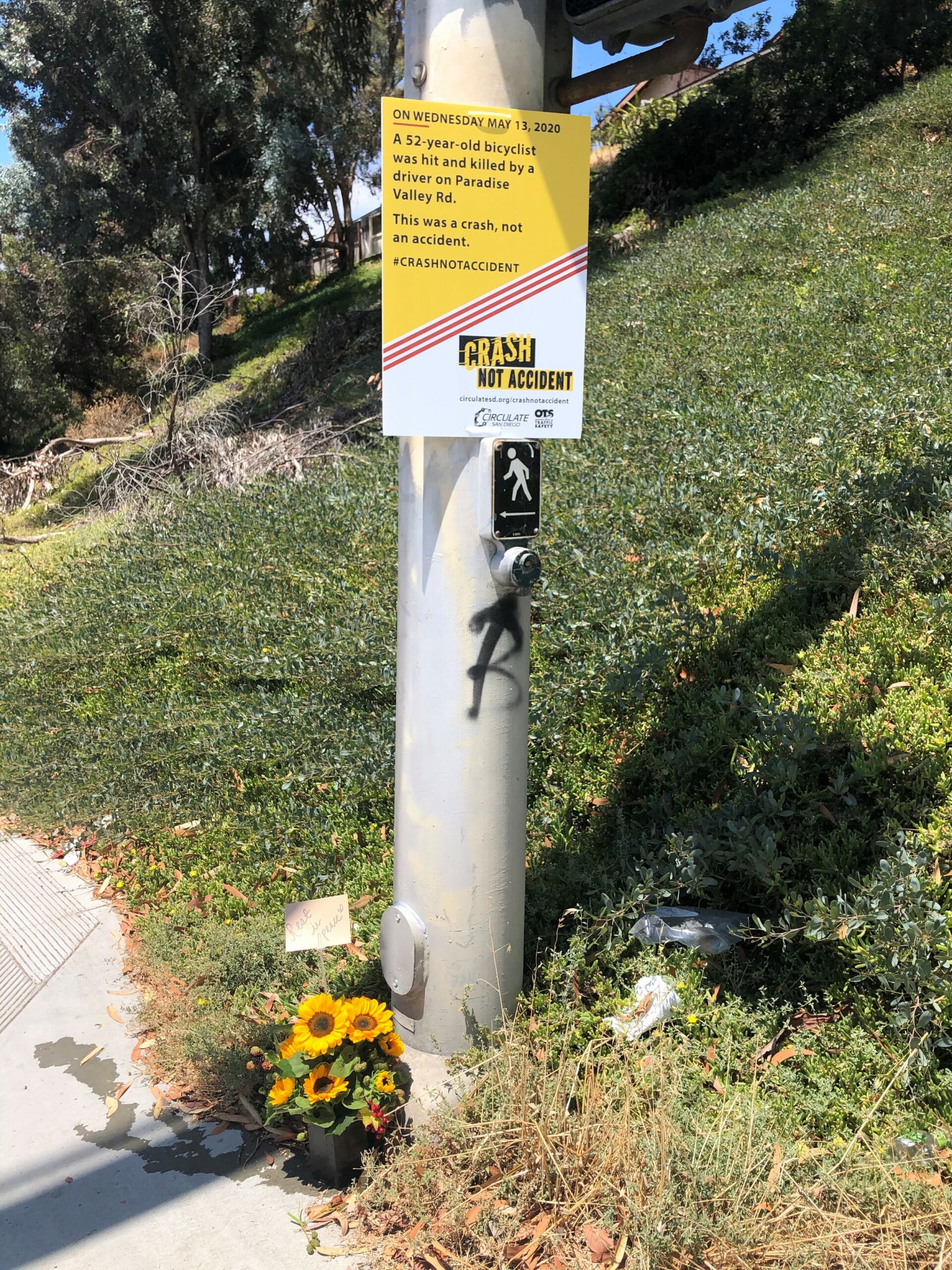
San Diego Police Department/Circulate San Diego #CrashNotAccident Campaign
The San Diego Police Department and Circulate San Diego developed a “Crash Not Accident” education campaign to inform residents about the role they play in the prevention of serious deaths and injuries on roads. Victim memorials were placed at four intersections in San Diego where bicyclists and pedestrians were hit and killed in collisions with vehicles. The goal of the campaign is acknowledging that crashes are not “accidents” but the result of human error and behaviors. According to the Associated Press Stylebook, “accident” can be “read as a term exonerating the person responsible.” In addition to victim memorials, educational resources, social posts and an online pledge form were developed to promote the campaign. 63 San Diego residents took the pledge to avoid the “a” word and say “crashes.”
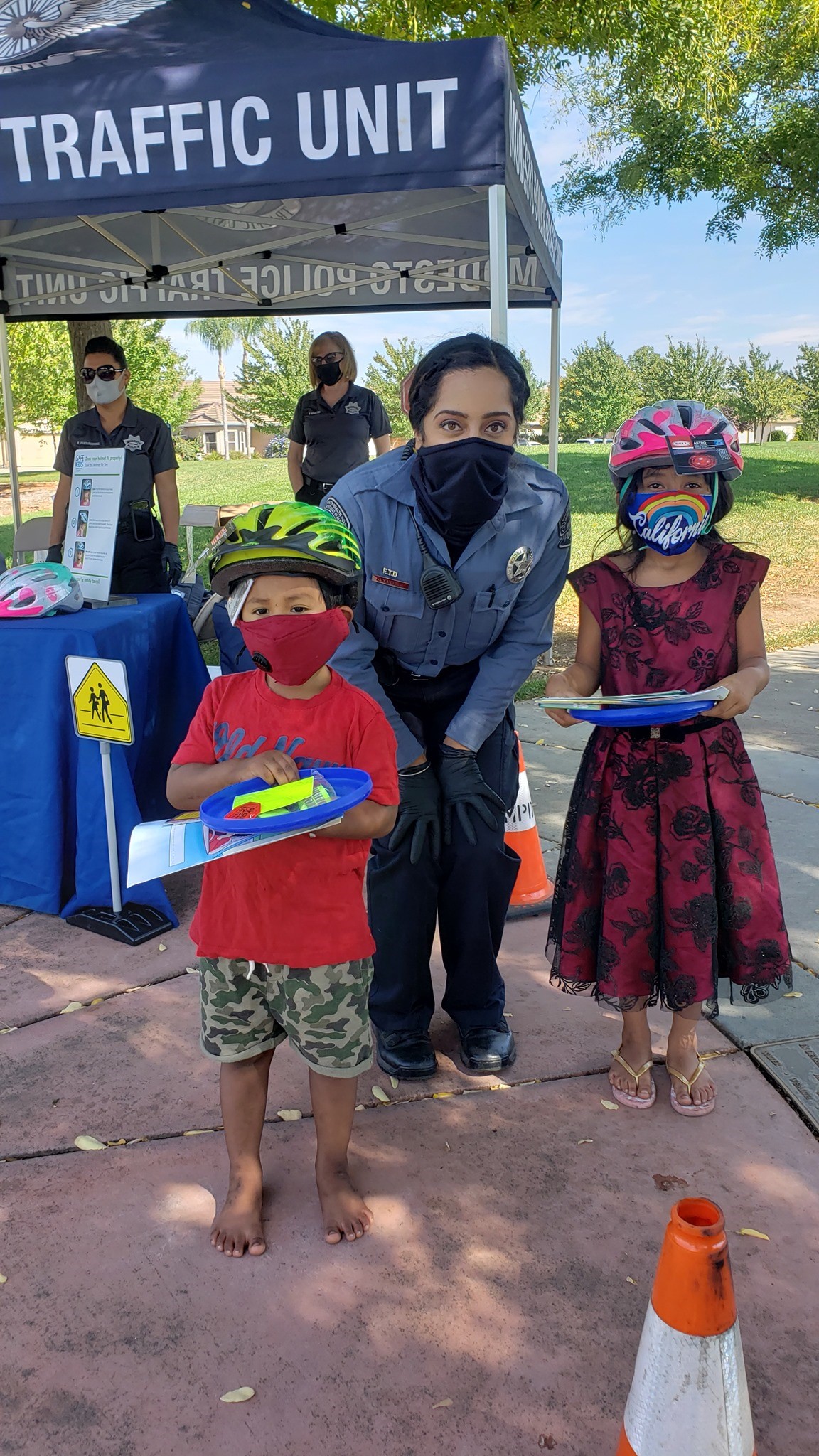
Modesto Police Department
The Modesto Police Department developed new ways to educate the community and meet grant objectives during the COVID-19 pandemic. The department hosted pop-up booths throughout the city and conducted individual safety presentations with families. Helmets were provided to children in need, as well as educational presentations on the proper use and fit. The department also went around neighborhoods to look for children riding bikes, scooters or skateboards without helmets. The department distributed more than a dozen helmets and brochures, as well as reflective arm and leg bands, to children who needed them. Their efforts were popular with the community, culminating with a “Contributor of the Year” award from Safe Kids Stanislaus for their continuous involvement with the organization. Two of the department’s community service officers also received awards for “Most Spirited” and “Rookie of the Year.”
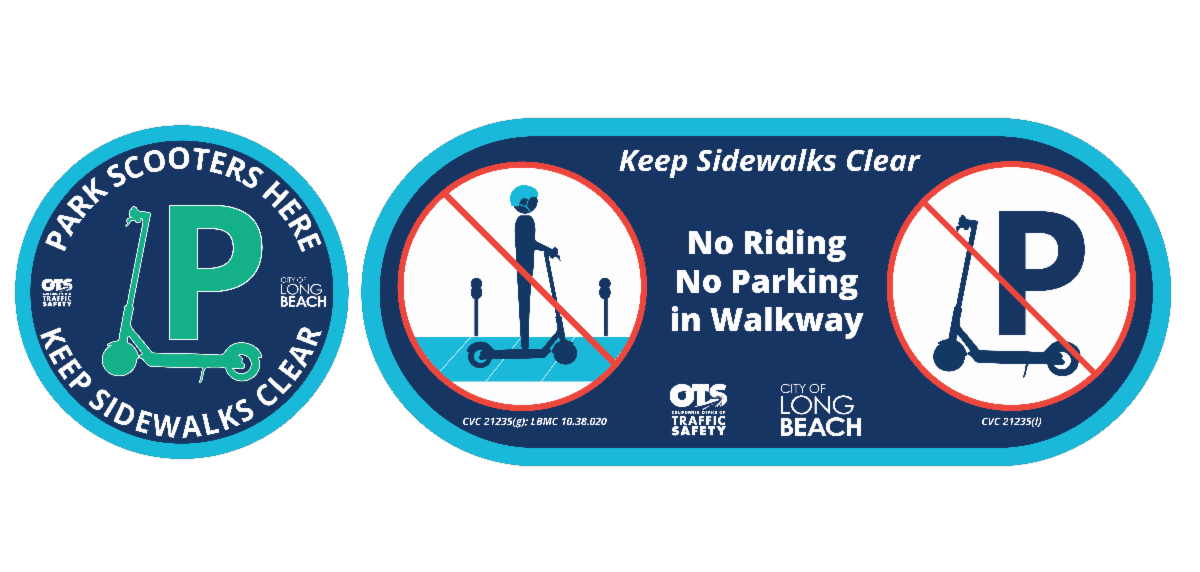
Long Beach Department of Health and Human Services E-Scooter Sidewalk Decal Program
The Long Beach Department of Health and Human Services developed sidewalk decals that promote the safe riding of e-scooters. The decals include messages encouraging e-scooter riders to not travel on the sidewalk and where to safely park scooters away from pedestrian traffic. A total of 800 decals were produced, with 250 already installed throughout the city of Long Beach, including two Business Improvement Districts.
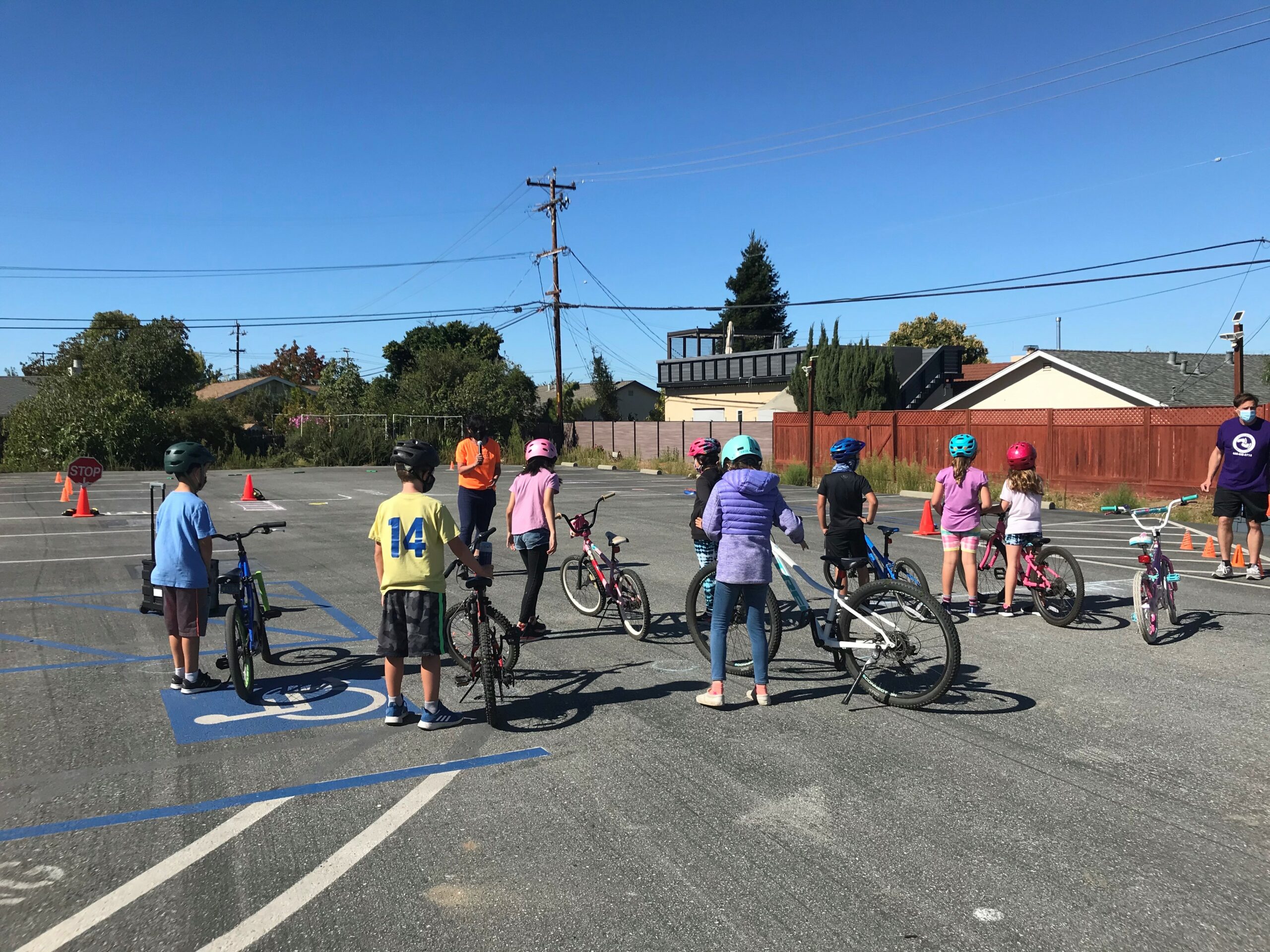
San Mateo County Office of Education Bicycle Training Program
The San Mateo County Office of Education (SMCOE) held a series of socially distanced bicycle “rodeos” in September 2020. SMCOE worked with the Safe Routes to Schools program and a childcare provider to develop fun, safe activities for children during the COVID-19 pandemic. SMCOE conducted five rodeos for approximately 75 students. Each student received a helmet, instructions on how to wear the helmet properly, and important lessons on bicycle safety in a hands-on environment.
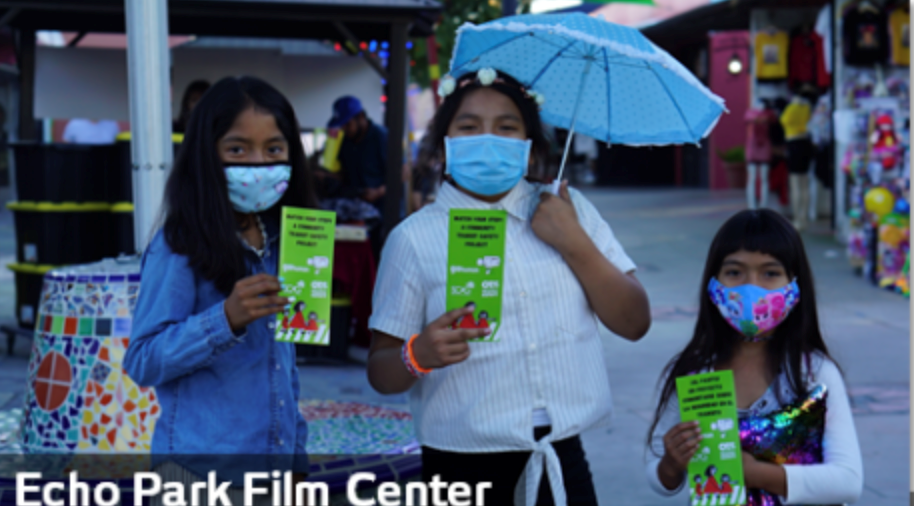
Southern California Association of Governments (SCAG) “Resilient Streets”
SCAG developed a framework for “resilient streets,” which examines ways to use street space for disadvantaged and vulnerable communities. This was designed to help communities identify funding sources for transportation projects, community engagement strategies and incorporating the “Kit of Parts,” which are used to set up temporary infrastructure improvements such as curb extensions, high-visibility crosswalks and pedestrian islands. In addition, SCAG partnered with Metro and dublab on a radio series focused on transit. Titled “Deep Routes,” the series highlighted areas across Los Angeles near rail projects under construction and their musical histories, all from a camera mounted on a Metro bike. The effort promoted riding a bike and using public transportation.
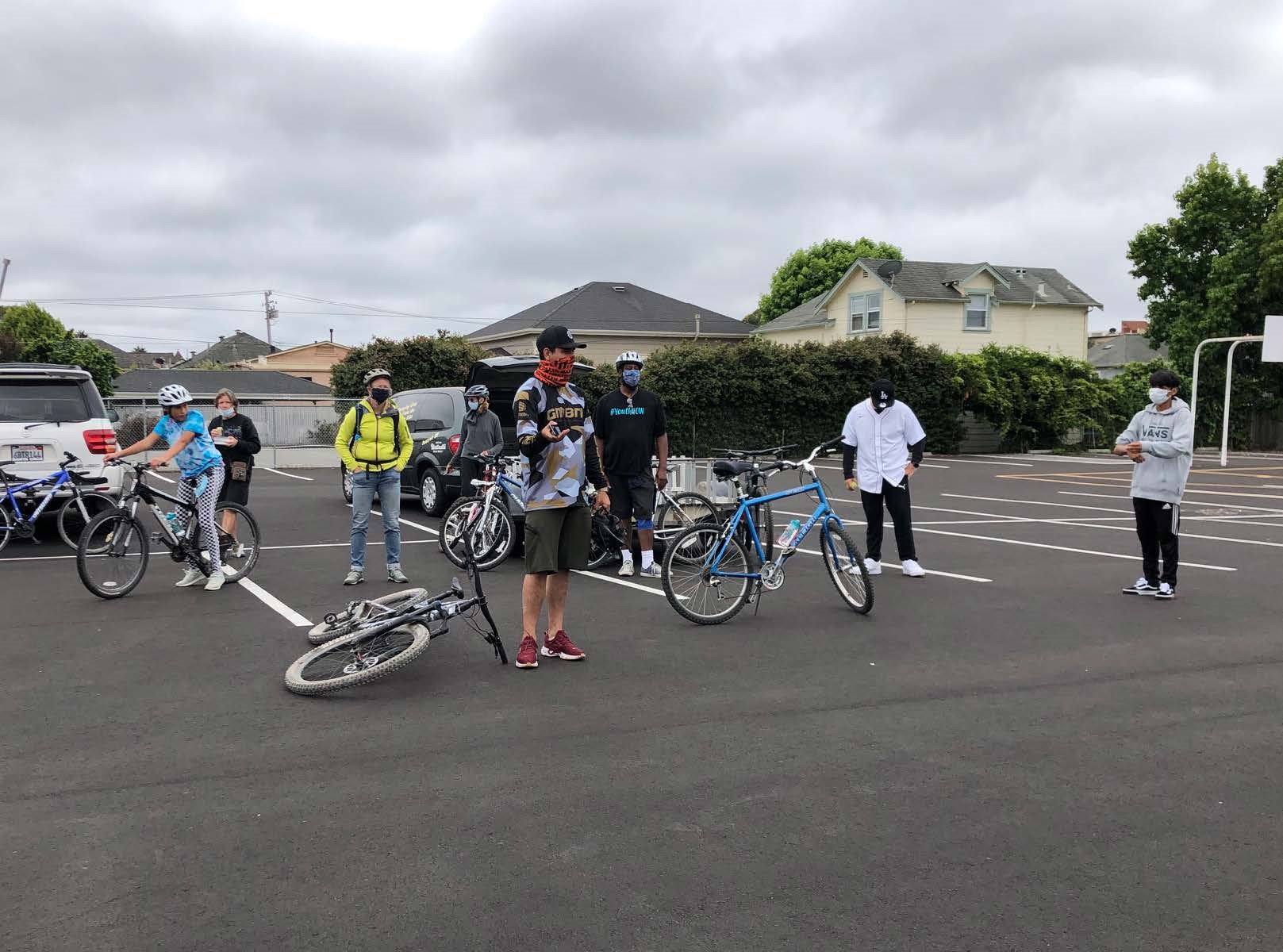
Watsonville Police Department
The Watsonville Police Department partnered with Ecology Action to host a series of socially distanced bicycle safety presentations for the Community Bike Collective and Watsonville Parks and Recreation Department. Despite restrictions from COVID-19 public health directives, Watsonville Police was still able to conduct outreach events educating the community on the use of safety equipment such as bike lights, helmets and reflective gear. Education presentations were developed for online viewing for senior living communities.
Alcohol and Drug-Impaired Driving

California Department of Alcoholic Beverage Control (ABC): Minor Decoy to Delivery Decoy
The ABC adopted a new strategy to prevent those underaged from gaining access to alcohol through online purchases and deliveries. A new regulation approved Dec. 3, 2020 by the California Office of Administrative Law authorized an enforcement mechanism addressing retail alcoholic beverage delivery for people under 21 that is consumed away from a licensed premise. The ABC developed the 3rd party Delivery Decoy Requirements through the emergency regulatory process, and they have now been made permanent. The updated Delivery Decoy regulations led to a significant drop in the violation rate for youth access to alcohol from about 75% to around 20%.
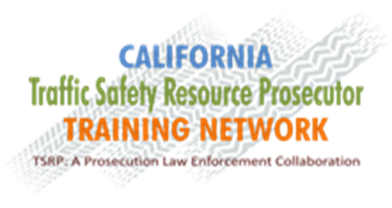
Orange County District Attorney’s Office (OCDA) California Traffic Safety Resource Prosecutor (TSRP) Training Network
The OCDA continued their partnership with the OTS to develop subject matter experts in the management of impaired driving cases. The TSRP serves as a statewide training ground for law enforcement personnel and prosecutors on handling alcohol and drug-impaired driving cases. The TSRP debuted a virtual traffic college that had a record 220 attendees, and more than double the average of an in-person traffic college. The four-day course focused on report writing, courtroom testimony and a mock trial. Training videos were also developed and distributed to personnel throughout California, as well as training topics and presenters best suited for a virtual environment.
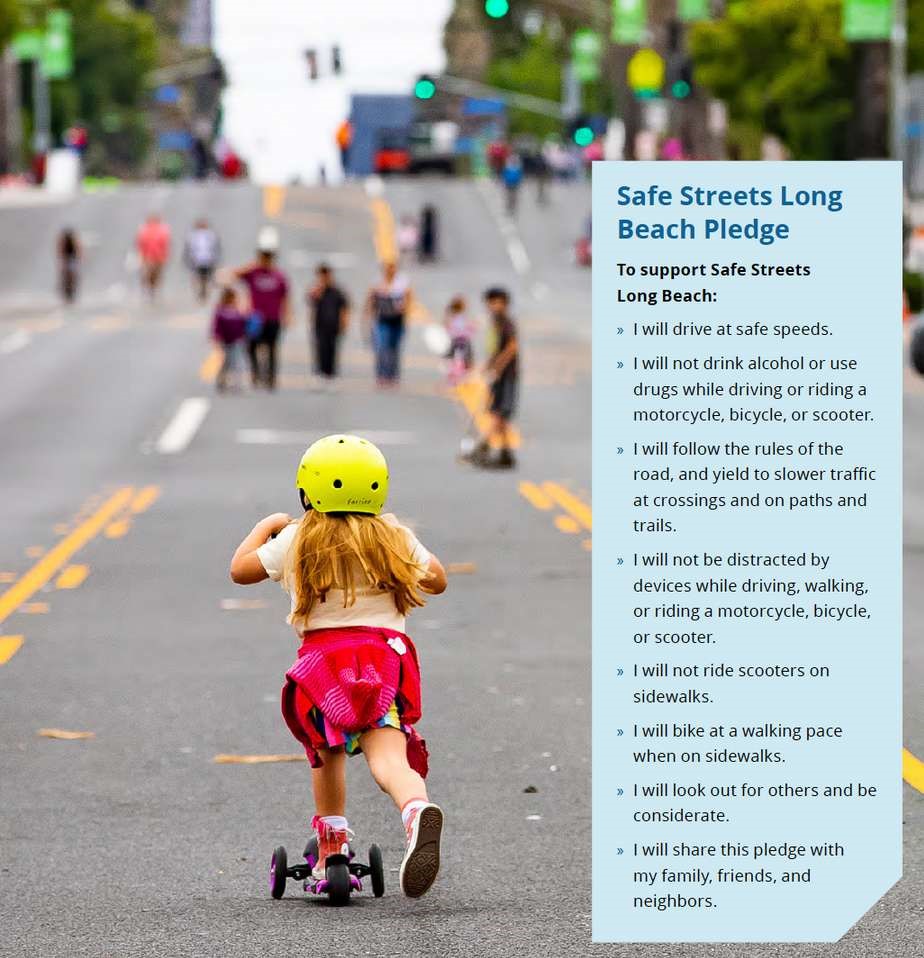
Long Beach Department of Health and Human Services Greenlight LB Cannabis and Drug Impaired Driving Education Program
The city of Long Beach Department of Health and Human Services launched the first Safe Streets Awareness Week, a week-long media campaign that encouraged residents to take a “safe streets” pledge to support the safety of those walking, biking, driving and riding. An e-toolkit was developed and shared with more than 20 community organizations. A pop-up event was also held at a high-traffic intersection where those walking and biking received educational materials. The program is part of a bigger initiative, Safe Streets Long Beach, aimed at eliminating traffic-related fatalities and serious injuries by 2026.
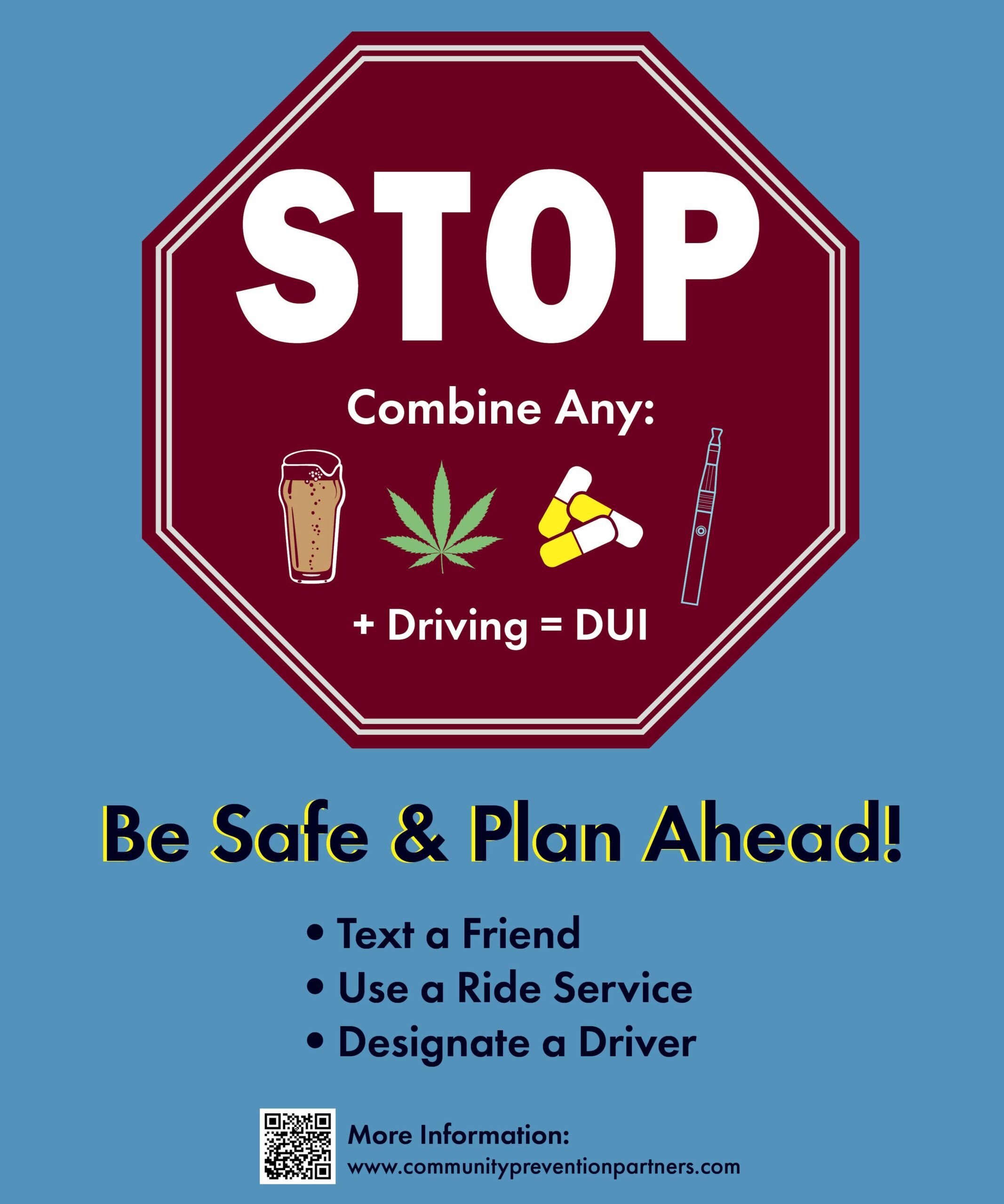
Santa Cruz County Health Services Agency Cannabis Retailer and Responsible Alcohol Merchant (RAMA) Education Programs
Despite limitations as a result of the COVID-19 pandemic and wildfires, the Santa Cruz County Health Services Agency was able to partner with eight local cannabis dispensaries to provide post cards to customers educating them on the dangers of combining alcohol, cannabis and prescription drugs. This was double their goal of four dispensaries. Digital versions of the postcards and social media messages were posted on dispensary websites, reaching more than 125,000 customers.
Distracted Driving
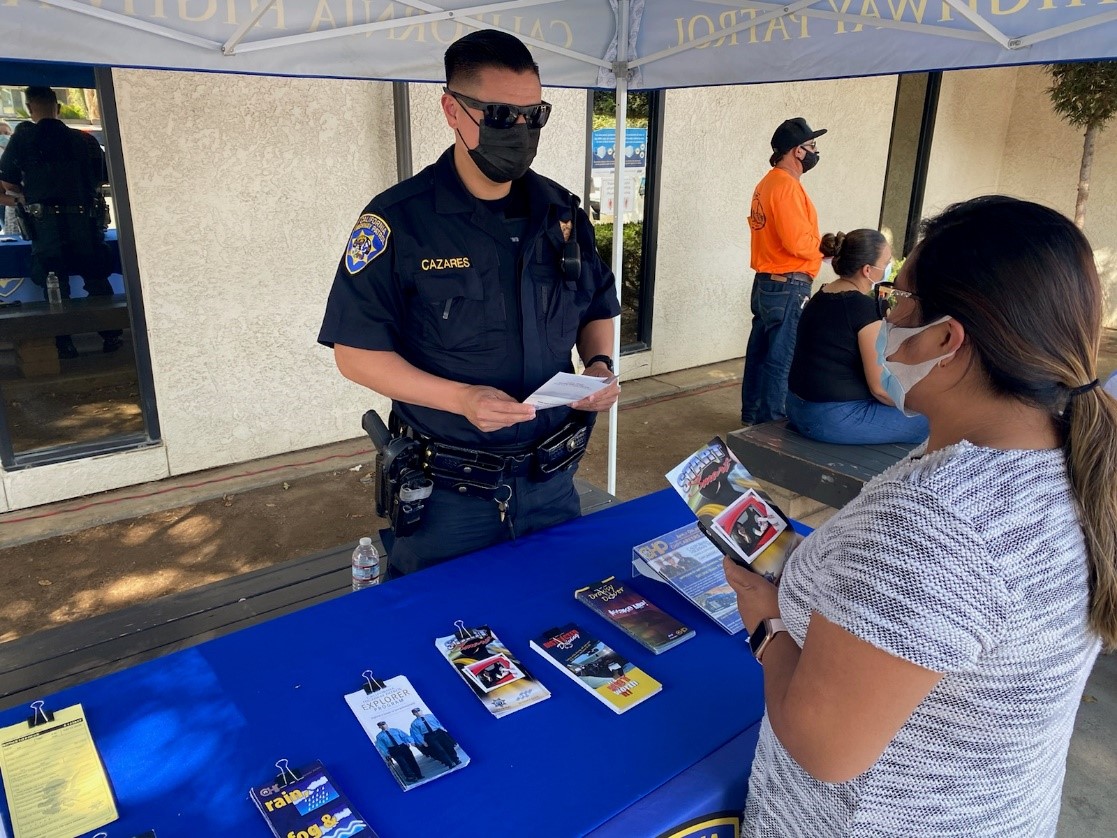
California Highway Patrol’s (CHP) Start Smart Program
The CHP’s “Start Smart” program teaches teens with a learner’s permit and newly licensed drivers about the rules and responsibilities associated with operating a vehicle. The CHP developed video presentations that could be conducted online, and despite COVID-19 restrictions, were able to hold 154 online classes from July to September 2020. The CHP also enhanced the Start Smart phone Start Smart phone app, which is available for download on the App Store and Google Play.
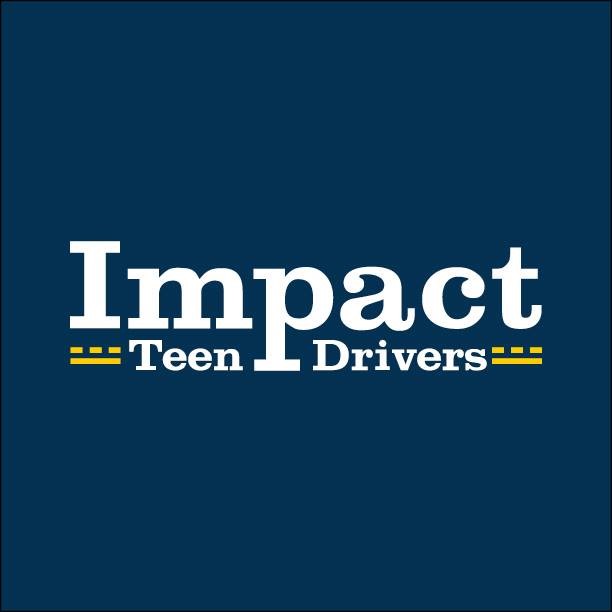
CHP and Impact Teen Drivers Distracted Driving Education Program
The CHP and Impact Teen Drivers pivoted their programming to the digital space by developing e-toolkits that were shared with schools directly. The educational e-kit included lesson plans, fliers, brochures, posters and pledge cards in both English and Spanish. A dedicated educational material resources page was created on the Impact Teen Drivers website, with Education Modules that focus on the dangers of distracted driving and graduated driver licensing (GDL) laws.
Emergency Medical Services (EMS)
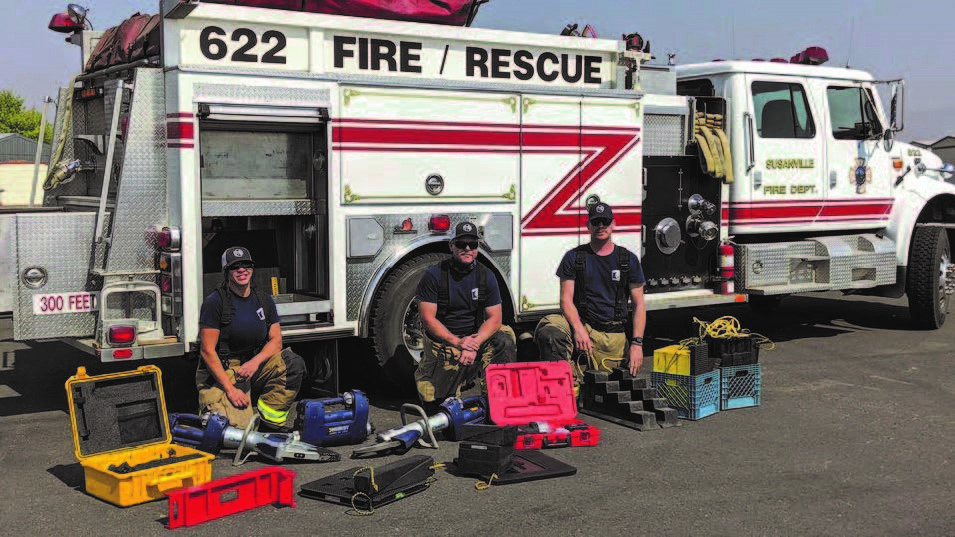
Susanville Fire Department
Regional fire districts in Lassen County received new extrication tools that have helped reduce response times by 10-15 minutes. The equipment replaced tools that were 25 years old. More than 40 firefighters and volunteers have been trained with the new battery-operated tools, which were used in 39 incidents that required extrication during the 2020 fiscal year.
Motorcycle Safety
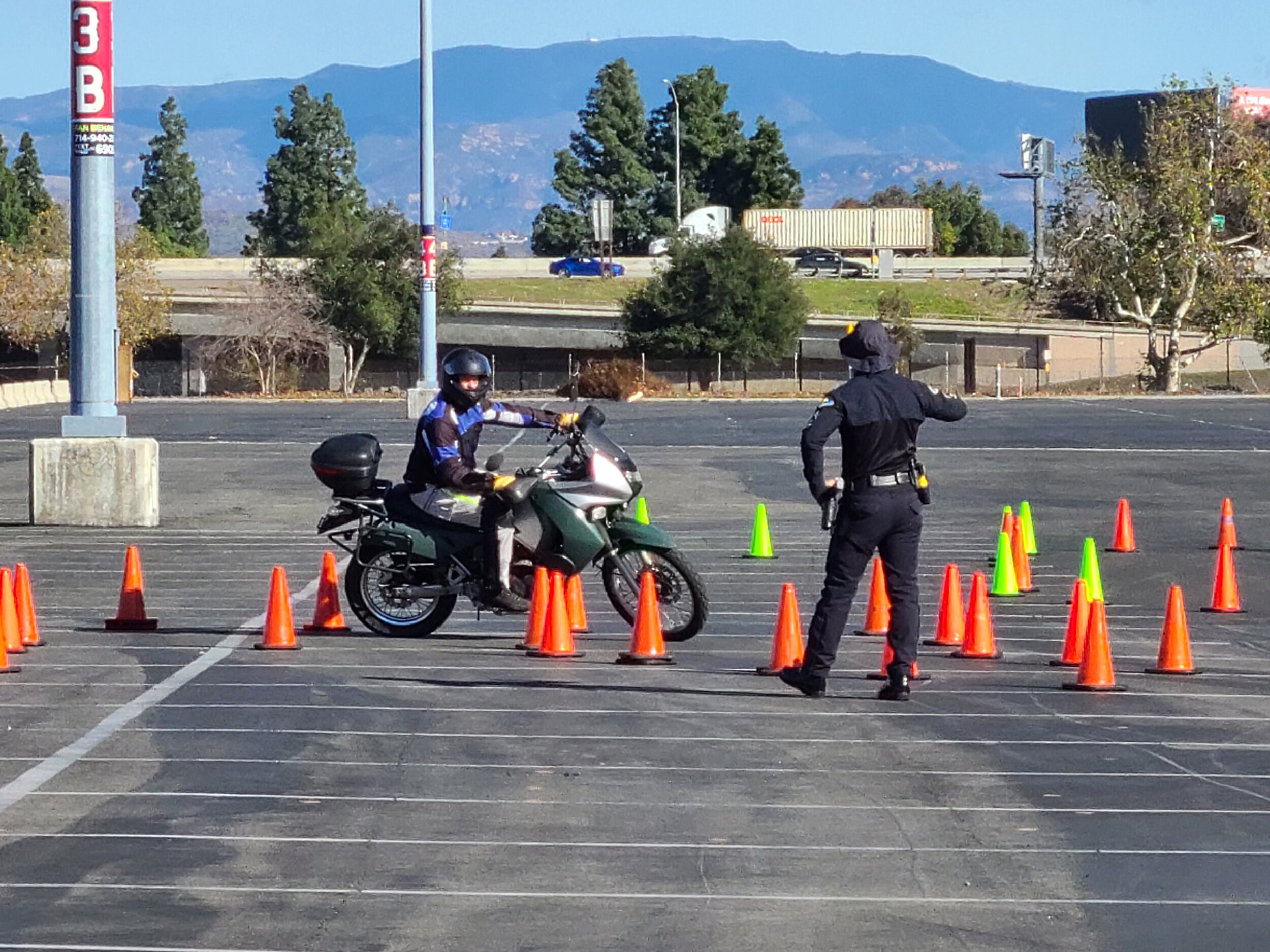
Anaheim Police Department “Coppers and Cycles” Motorcycle Training Program
The Anaheim Police Department’s “Coppers and Cycles” program provides hands-on motorcycle training to riders. The course covers how to maneuver safely around debris in the road, make safe U-turns, braking and clutch control. The course also teaches riders techniques for picking up downed motorcycles, riding patterns and education on proper clothing. Despite the COVID-19 pandemic, the department held two eight-hour courses as well as a POST Certified Motorcycle Training for law enforcement personnel, which was in high demand due to several law enforcement motor academies being canceled.
Occupant Protection
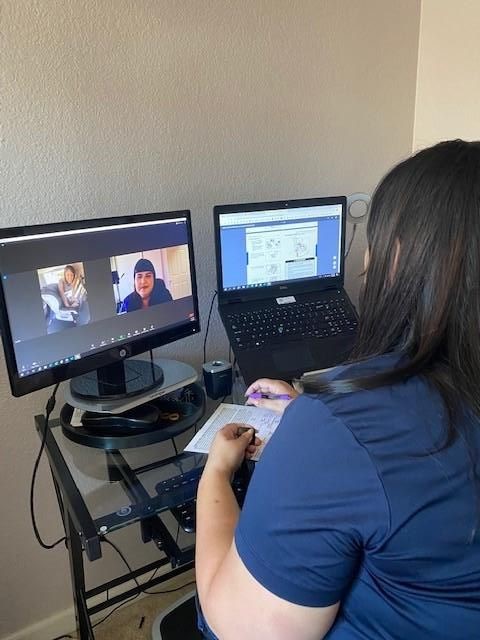
Butte & San Luis Obispo County Public Health Departments
The Butte and San Luis Obispo (SLO) County Public Health Department’s Child Passenger Safety Programs remained active even during the pandemic. Butte County switched their efforts from parent classes to one-on-one fitting appointments using personal protective equipment and following safety protocols. SLO County conducted virtual car seat checks, partnering with local hospital providers to offer services to patients and families in need, ultimately exceeding their grant goals for child safety seat distribution and inspections.
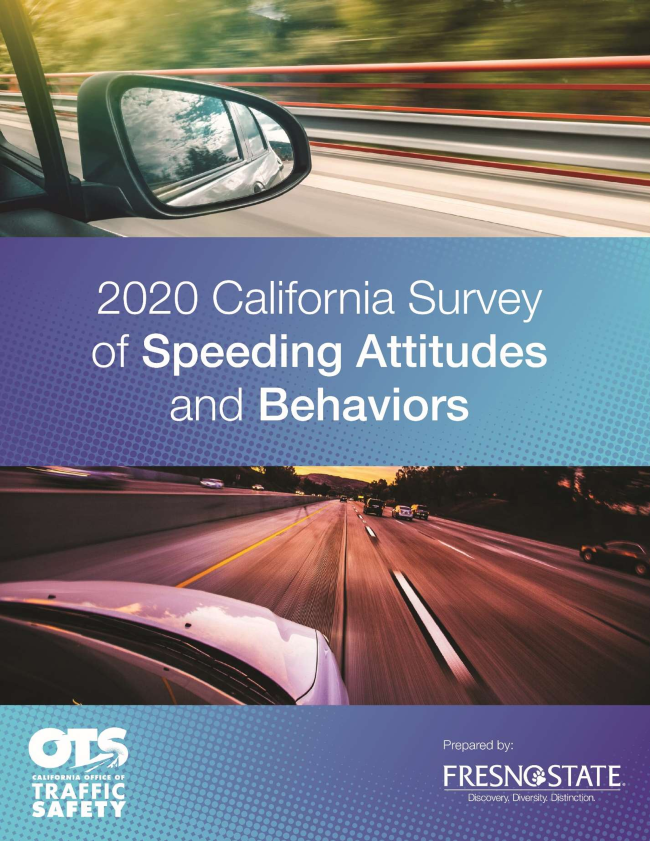
California State University, Fresno (Fresno) Speeding Survey
Due to the COVID-19 pandemic and changes in NHTSA requirements for reporting teen driver and adult seat belt use surveys, Fresno State developed a new online survey that asked drivers about their attitudes towards speeding. The 2020 California Survey of Speeding Attitudes and Behaviors surveyed more than 3,000 California drivers. In addition to speeding, the survey also asked drivers questions about distracted driving and other dangerous behaviors, such as not wearing a seat belt and driving impaired. When traffic volumes started to decline at the start of stay-at-home orders in March 2020, law enforcement agencies started seeing a rise in speeding. Between Sept. 1 and Oct. 31, 2020, California Highway Patrol (CHP) officers issued 4,851 citations for speeding in excess of 100 miles per hour, a 93% increase when compared to the same period in 2019.
Traffic Records
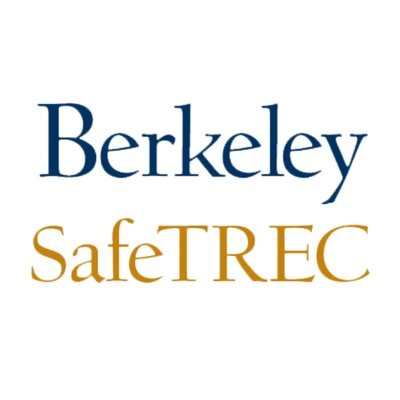
University of California, Berkeley SafeTREC Transportation Injury Mapping System (TIMS)
SafeTREC created a new page within the Transportation Injury Mapping System (TIMS) dedicated to tracking crashes on state highways that occurred in the weeks prior, during and after the onset of COVID-19. The data sets were categorized by primary collision factor (unsafe speed, improper turn, DUI), whether they involved a bicyclist or pedestrian, and whether it resulted in a severe injury or fatality. This allowed the public and government agencies to identify trends and shifts in travel patterns during COVID-19 related safer-at-home orders and restrictions. TIMS continues to offer free, interactive maps that show where crashes occurred, along with the ability for users to create collision diagrams that allow agencies to focus traffic safety efforts in areas of high risk. SafeTREC began looking at how state and local agencies used data in 2003 as part of a project funded by the OTS.






